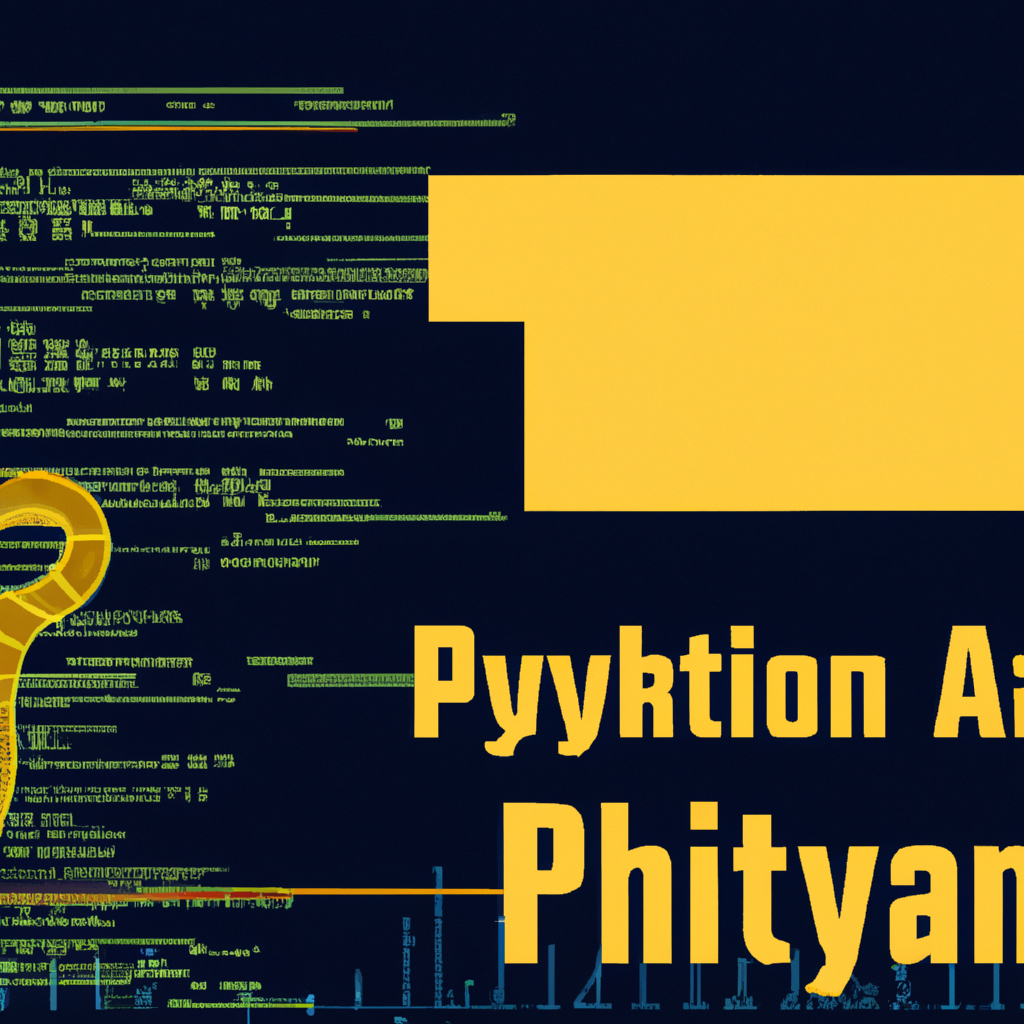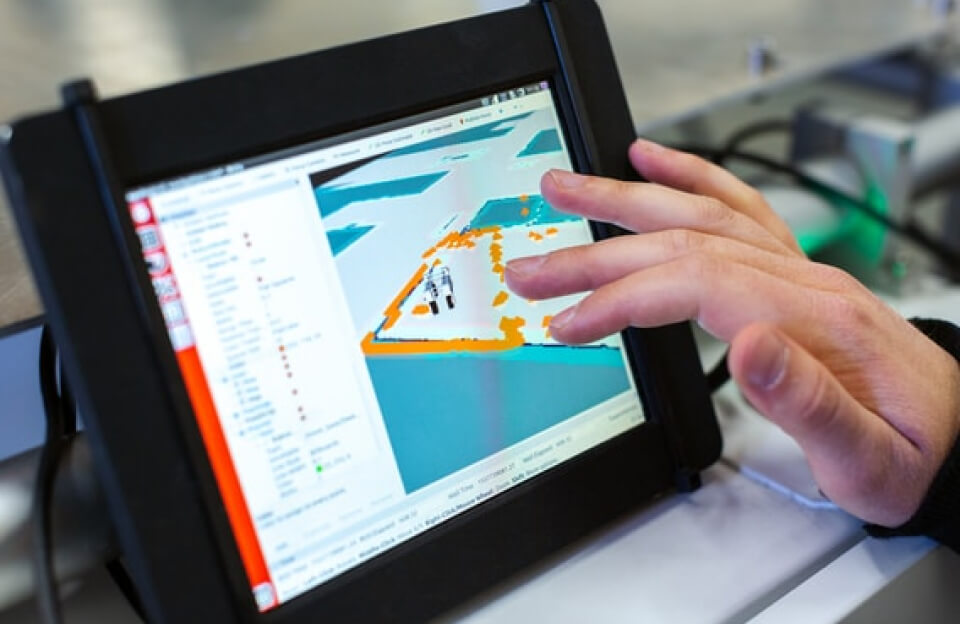In today’s data-driven world, the ability to analyze and interpret data has become a crucial skill across various industries. Python, a versatile programming language known for its simplicity and efficiency, has emerged as a popular choice for data analysis tasks. From analyzing customer behavior to predicting market trends, the applications of Python in data analysis are vast and ever-expanding.
With the rise of big data, companies are constantly seeking ways to extract valuable insights from the massive amounts of data they collect. Python’s rich ecosystem of libraries and tools, such as NumPy, Pandas, and Scikit-learn, make it an ideal choice for handling and analyzing complex datasets. In fact, according to the 2020 Stack Overflow Developer Survey, Python is among the top three most popular programming languages for data analysis, demonstrating its widespread adoption in the industry.
Section 1: Python for Data Cleaning and Preprocessing
One of the key tasks in data analysis is data cleaning and preprocessing, which involves removing missing values, handling outliers, and transforming data into a usable format. Python offers a wide range of libraries, such as Pandas and NumPy, that provide powerful tools for data manipulation and cleaning. These libraries allow data scientists to efficiently clean and preprocess data before performing more advanced analysis tasks.
According to a recent survey by KDnuggets, a leading resource for data science and analytics professionals, over 70% of data scientists use Python for data cleaning and preprocessing tasks. This statistic underscores the importance of Python in streamlining the data preparation process and ensuring the accuracy and reliability of analytical results.
Section 2: Python for Statistical Analysis and Machine Learning
Once the data is cleaned and preprocessed, data scientists can leverage Python for statistical analysis and machine learning tasks. Python’s extensive libraries, such as Scikit-learn and Statsmodels, provide a wide range of algorithms for statistical analysis, machine learning, and predictive modeling. These libraries enable data scientists to build and train models to make predictions and uncover patterns in the data.
In a recent report by the International Data Corporation (IDC), it was predicted that the global spending on artificial intelligence (AI) and machine learning technologies will reach $54 billion by 2021. This growing investment in AI and machine learning highlights the increasing demand for data analysis tools like Python that can support advanced analytical capabilities and drive business value.
Section 3: Python for Data Visualization
Effective data analysis is not just about crunching numbers; it also involves communicating findings and insights in a clear and compelling manner. Python’s libraries, such as Matplotlib and Seaborn, offer powerful tools for data visualization, allowing data scientists to create interactive and visually appealing plots, charts, and graphs.
According to a recent study by Tableau, a leading data visualization software company, 90% of information transmitted to the brain is visual, making data visualization a critical component of the data analysis process. Python’s ability to generate interactive and informative visualizations plays a key role in helping stakeholders understand complex data and make informed decisions based on data-driven insights.
Section 4: The Future of Python in Data Analysis
As the field of data analysis continues to evolve, Python is poised to play a central role in driving innovation and advancement in the industry. With the rise of artificial intelligence, machine learning, and automated data analysis tools, Python’s versatility and ease of use make it an invaluable resource for data scientists and analysts.
Looking ahead, we can expect to see further integration of Python with emerging technologies such as cloud computing, IoT, and natural language processing. This will open up new possibilities for data analysis in domains such as healthcare, finance, and e-commerce, where the ability to extract actionable insights from data can lead to significant competitive advantages.
In conclusion, the applications of Python in data analysis are vast and varied, spanning from data cleaning and preprocessing to statistical analysis, machine learning, and data visualization. With its ease of use, extensive libraries, and thriving community, Python continues to be a go-to choice for data scientists and analysts seeking to extract valuable insights from data. As we move into the future, Python is likely to remain a key player in the field of data analysis, driving innovation and shaping the way we interact with data in a data-driven world.


